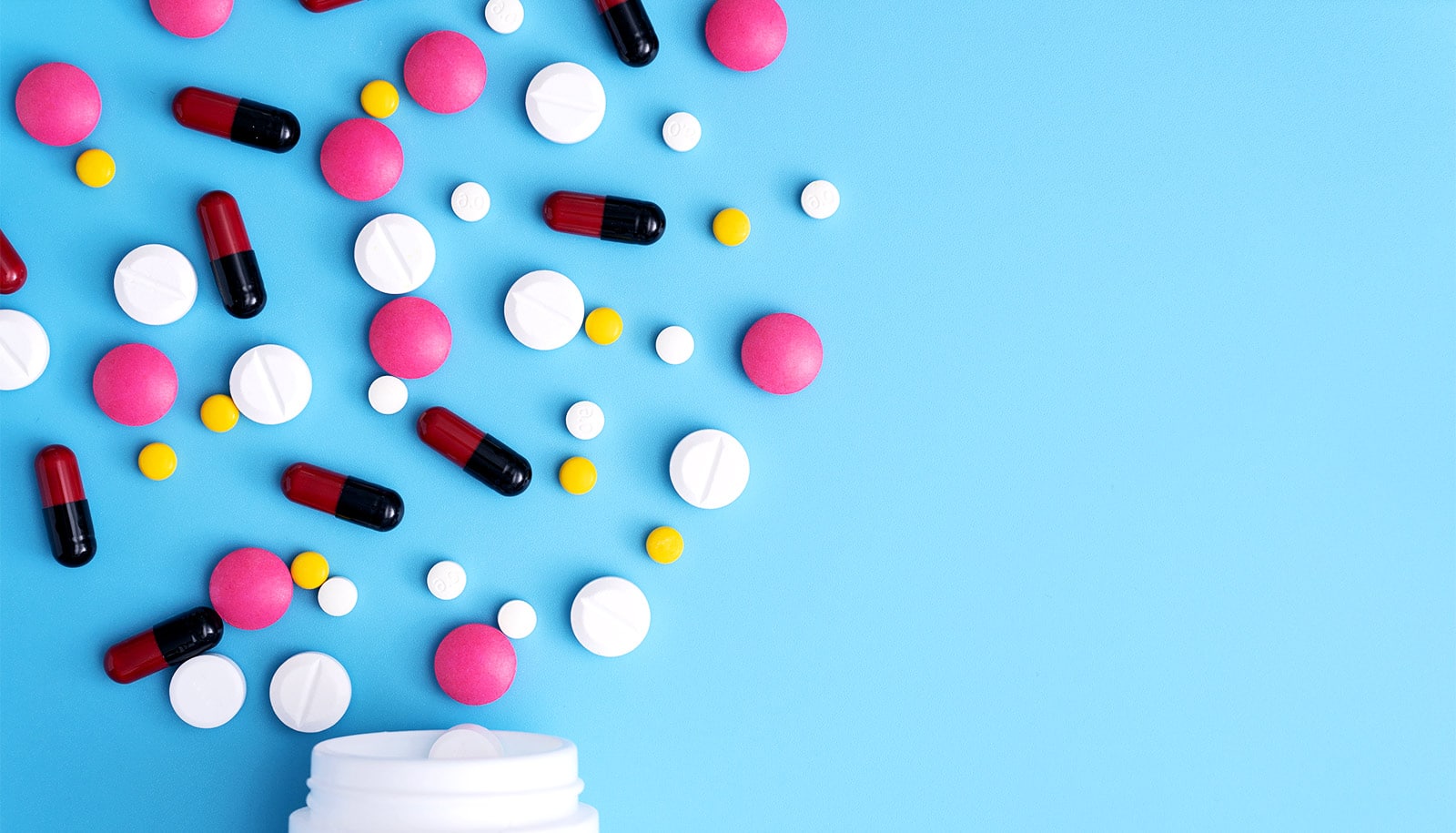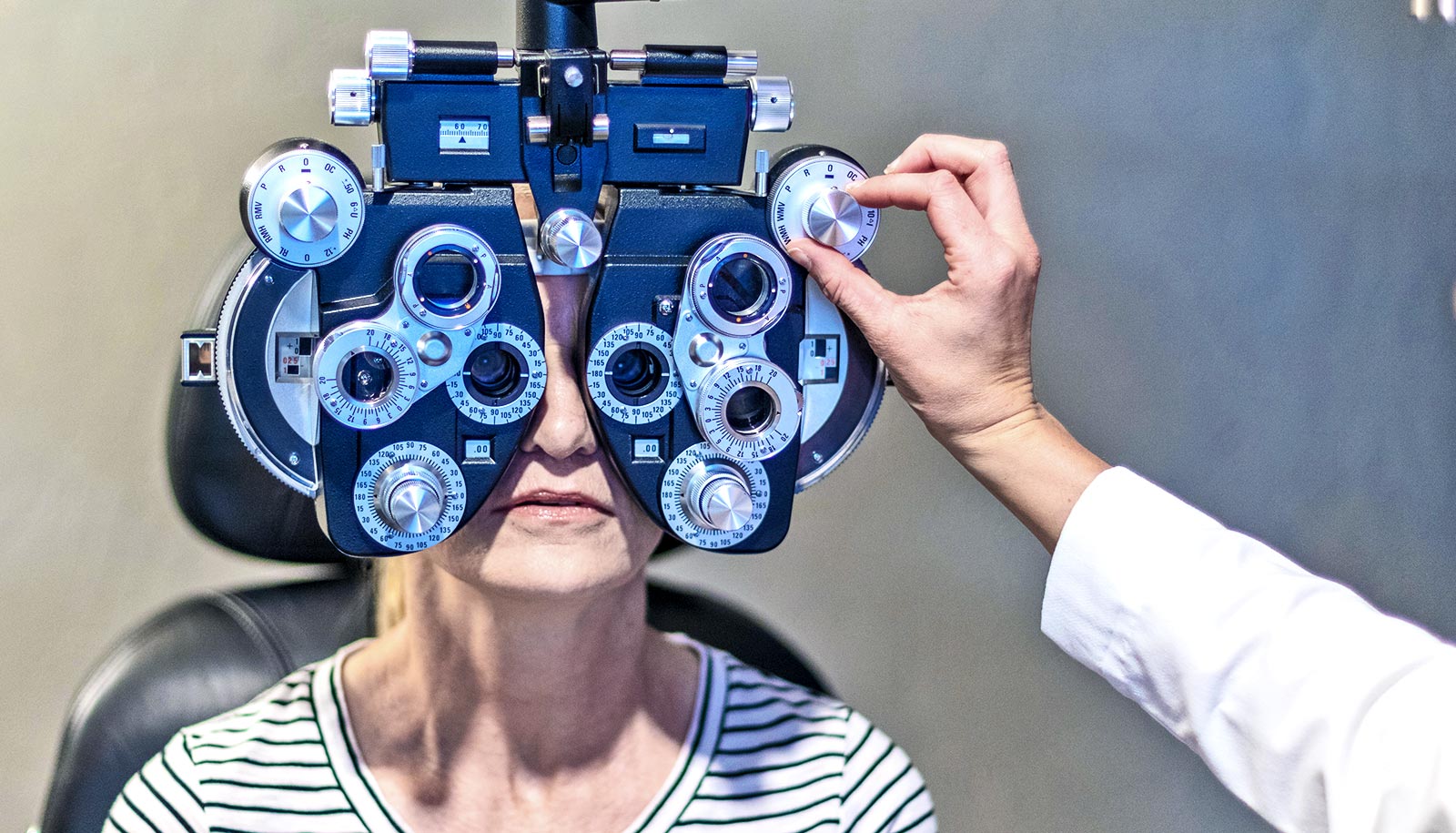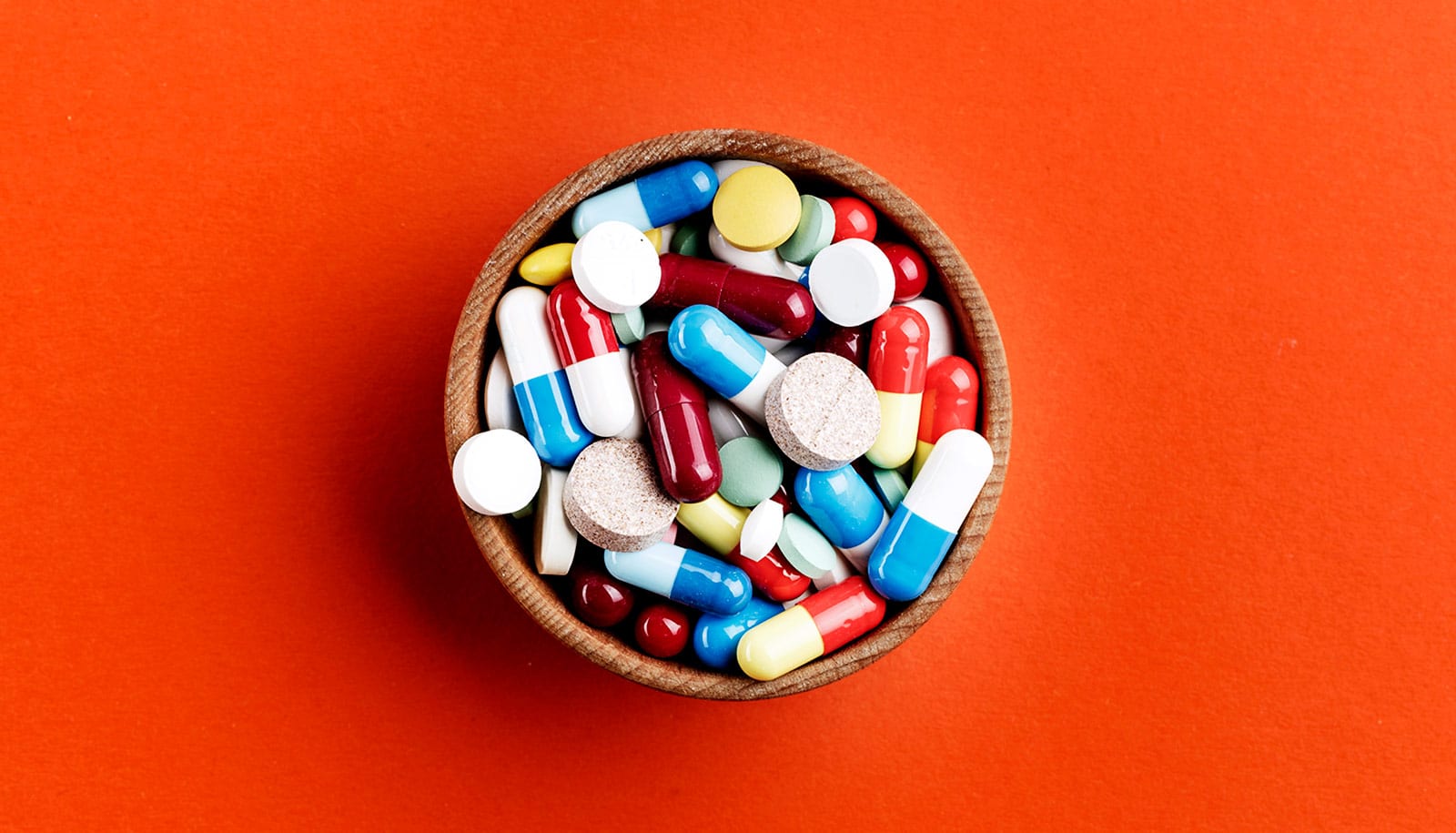With a shortage of new tuberculosis drugs in the pipeline, a software tool can predict how current drugs—including unlikely candidates—can combine in new ways to create more effective treatments.
“This could replace our traditional trial-and-error system for drug development that is comparatively slow and expensive,” says Sriram Chandrasekaran, assistant professor of biomedical engineering at the University of Michigan.
Dubbed INDIGO, short for INferring Drug Interactions using chemoGenomics and Orthology, the software tool has shown that teaming tuberculosis drugs with antipsychotics or antimalarials may amplify their potency.
“This tool can accurately predict the activity of drug combinations, including synergy—where the activity of the combination is greater than the sum of the individual drugs,” says first author Shuyi Ma, a research scientist at the University of Washington.
“It also accurately predicts antagonism between drugs, where the activity of the combination is lesser. In addition, it also identifies the genes that control these drug responses.”
Among the combinations INDIGO identified as showing a strong likelihood of effectiveness in fighting tuberculosis:
- A five-drug combination of tuberculosis drugs Bedaquiline, Clofazimine, Rifampicin, and Clarithromycin with the antimalarial drug P218.
- A four-drug combination of Bedaquiline, Clofazimine, Pretomanid, and the antipsychotic drug Thioridazine.
- A combination of antibiotics Moxifloxacin, Spectinomycin—two drugs typically antagonistic but that can become highly synergistic with the addition of a third drug, Clofazimine.
All three groupings were in the top .01% of synergistic combinations INDIGO identified.
“Successful combinations identified by INDIGO, when tested in a lab setting, showed synergy 88.8% of the time,” Chandrasekaran says.
Tuberculosis kills 1.8 million people each year and is the world’s deadliest bacterial infection. There are 28 drugs currently used to treat tuberculosis, and those can be combined into 24,000 three- or four-drug combinations. If a pair of new drugs is added to the mix, that increases potential combinations to 32,000.
These numbers make developing new treatment regimens time-consuming and expensive, the researchers say. At the same time, multidrug resistant strains are rapidly spreading.
At a time when new drugs are in short supply to deal with old-but-evolving diseases, the tool presents a new way to use medicine’s current toolbox, they say. Answers may already exist, and INDIGO’s outside-the-box approach represents a faster way of finding them.
The tool uses a database of previously published research, which authors of the current study broke down and quantified, along with detailed information on the properties of hundreds of drugs.
The research appears in mBio. The National Institutes of Health and the University of Michigan Precision Health and MCubed initiatives funded the work.
Source: University of Michigan


